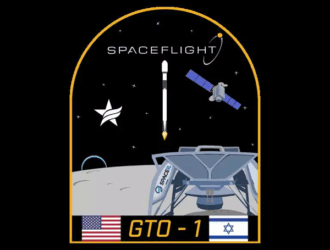
Assembly of the International Space Station (ISS) is a remarkable achievement. Since November 2, 2000, humankind has maintained a continuous presence in space. Over this timespan, the ISS International Partnership has flourished. We have learned much about construction and about how humans and spacecraft systems function on orbit. But there is much more to do and learn, and this voyage of research and discovery is just beginning. We now shift our focus from ISS assembly to full ISS utilization for scientific research, technology development, exploration, commerce, and education. We need to approach this next research phase with the same dedication, zeal, and innovation that we used to assemble the ISS. United States research concentrates on biology, human research, physical science and materials, Earth and space science, and technology for exploration beyond low-Earth orbit. As a national laboratory, the ISS is beginning to provide new opportunities for other agencies, academia, and commercial and other partners to pursue novel avenues of research and development, and to promote science, technology, engineering, and math education. We cannot now foresee all that may be uncovered on this voyage, but we look forward to the voyage and returning knowledge to extend the human presence beyond and improve life here on Earth



